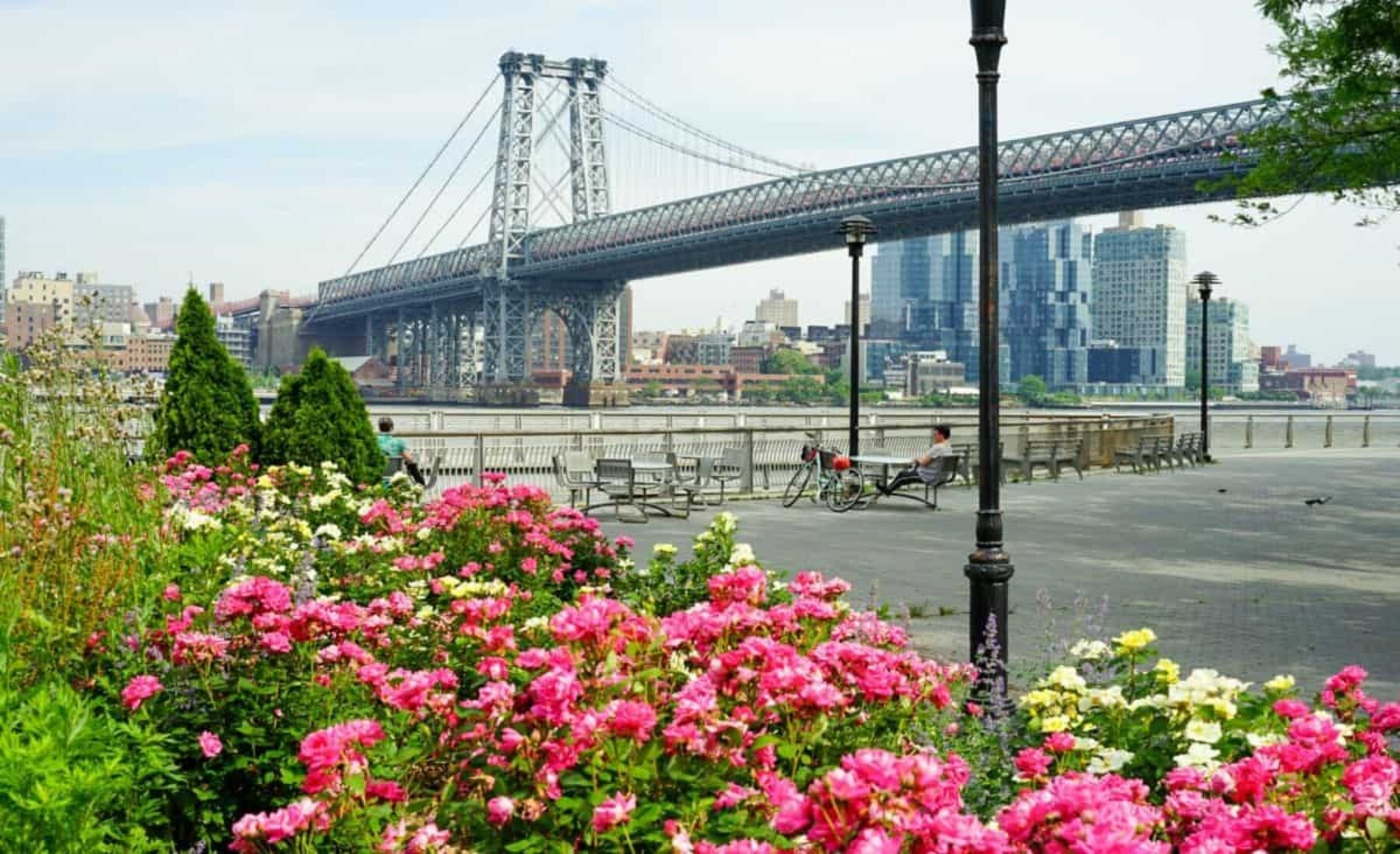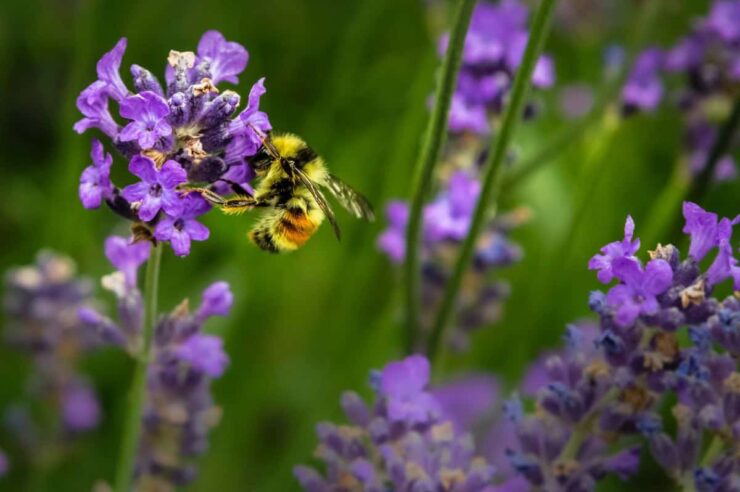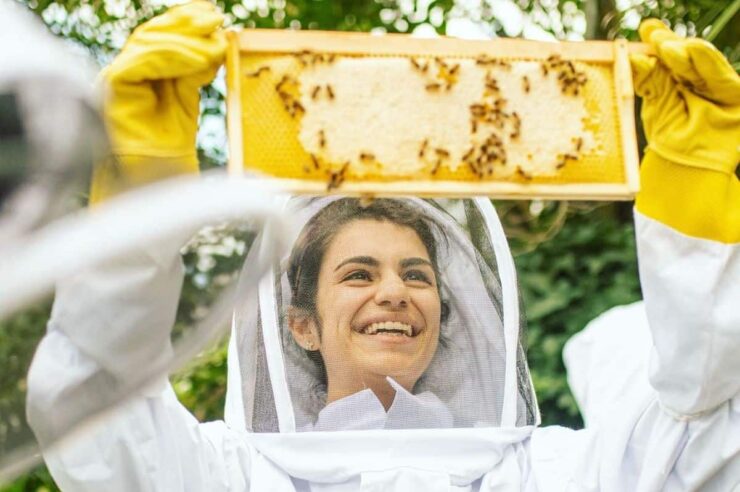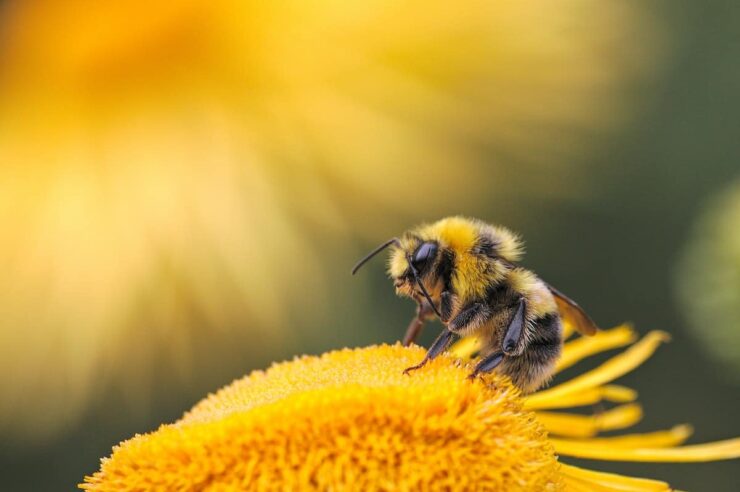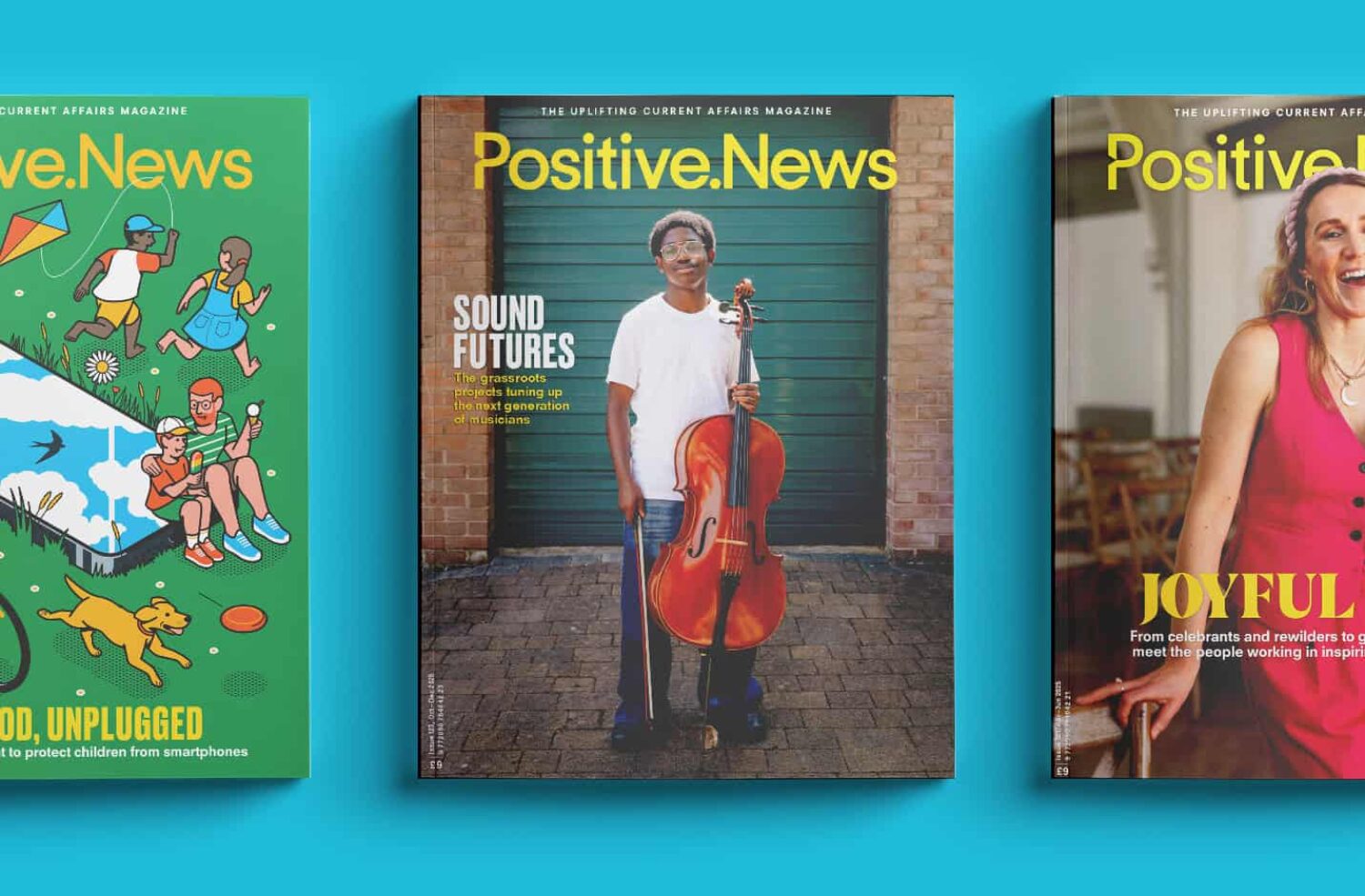A study has revealed the importance of cities for pollinators and highlights how to attract bees and other insects to urban areas
It is well documented that access to parks, gardens and forests is good for our mental health. One study, by Denmark’s University of Aarhus, found that children who grew up without regular access to green spaces were up to 55 per cent more likely to develop depression and other psychiatric disorders than those who grow up with it.
But creating oases in our cities isn’t just beneficial for human health. New research published by the scientific journal Plos One, suggests that urban gardens, parks and roadside verges play a vital role in boosting bee and other pollinator numbers thanks to their diversity of blooming plants and absence of pesticides.
The report – titled, A Plan Bee for Cities – identified urban community gardens as particularly beneficial to insects due to the diversity of seasonal flowers. Researchers found that pollinator numbers in the urban gardens they studied were comparable to rural sites they looked at – and significantly higher than other green spaces such as parks.
“No area is too small to make a contribution,” said Benjamin Daniels, the paper’s lead researcher. “We have found that even small planted patches are being colonised by pollinators.”
One example of an urban oasis is Core Landscapes Community Garden in east London, where flowerbeds are stuffed with long-blooming plants such as lavender, roses, poppies and foxgloves to encourage bees. As well as being a haven for wildlife, the garden is also a hub for community engagement.
“The idea of the project is to really empower people to learn the skills to do their own gardening: whether that’s just on a windows sill, or balcony, on a rooftop or on the street,” said nursery manager Nemone Mercer. “You can basically make a garden anywhere.”
Proving Mercer’s point is the Dutch city of Utrecht, which has turned the roofs of bus stops into gardens for pollinators. At the other end of the spectrum, meanwhile, is Paris, which this summer opened what will be the world’s largest urban farm.
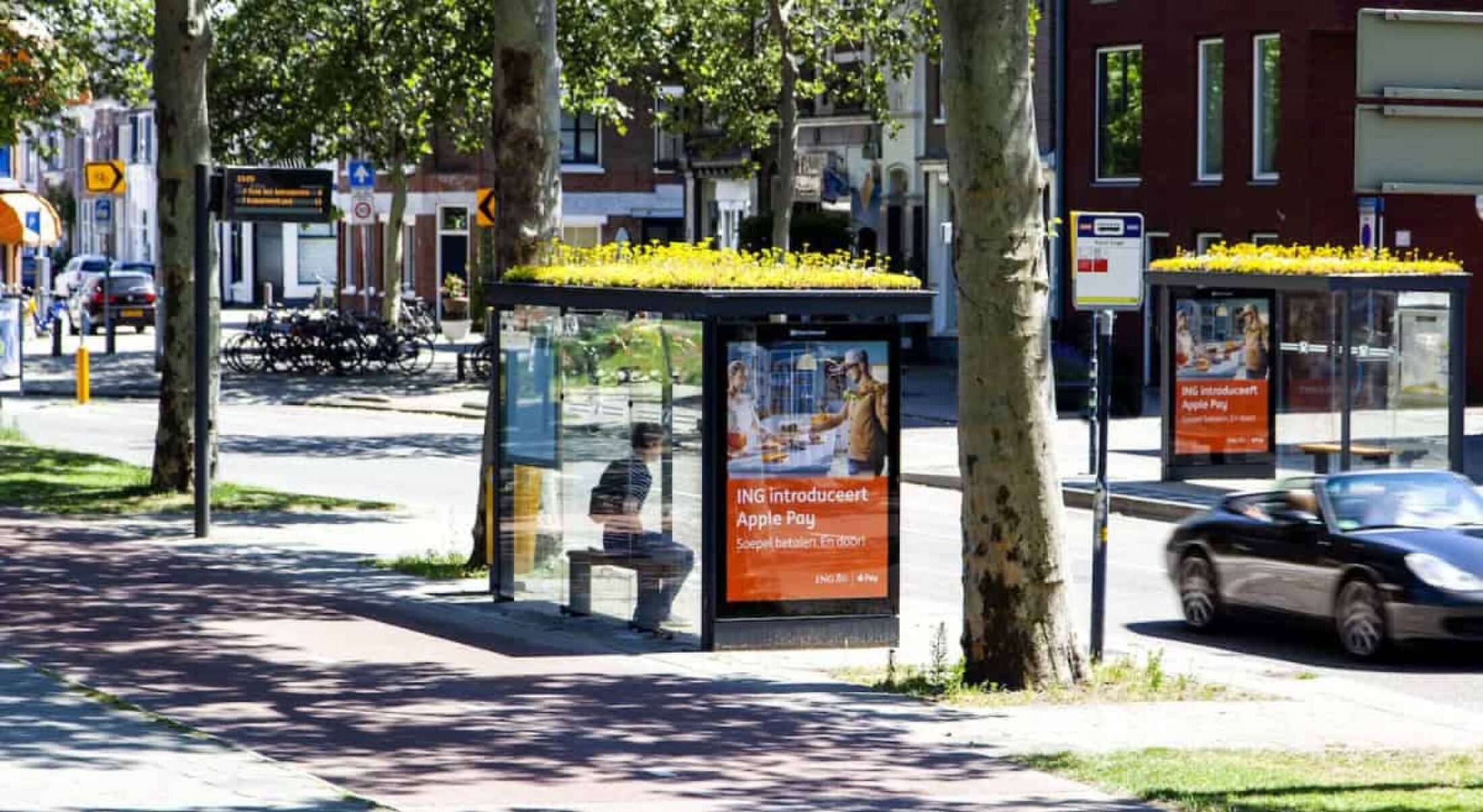
The city of Utrecht has turned bus stop roofs into bee gardens. Image: Gemeente Utrecht
Such initiatives can help attract bees and other insects, but sometimes doing nothing is just as effective. To that end, the report’s authors recommend letting certain areas in parks and gardens rewild themselves.
“We recommend… reducing the level of management interventions, as spontaneous vegetation and more natural areas provide opportunities for various insect habitats,” said the report. “Preservation of even small-scale unplanned areas should be integrated into planning guidance to promote local biodiversity, especially for solitary wild bees and syrphids.”
How to attract bees to urban areas
These small changes to balconies, yards, gardens and allotments can help benefit bees and other pollinators.
1. Adopt a hands-off approach
Mowing gardens less means a variety of native wildflowers – such as daisies, dandelions, and white clover – have the chance to bloom. This provides much-needed nectar and pollen for bees, butterflies and other insects.
2. Think small, as well as big
Making use of even the smallest spaces such as window boxes, hanging planters and container growing can bring significant benefits. Even the tiniest micro-habitat can quickly become a food source or nesting site for pollinators – especially wild bees and hoverflies.
3. Be diverse
Planting a variety of native flowers will be especially attractive to pollinators. Ensuring that something is flowering in each season will mean there’s a continuous food source for bees, hoverflies and other insects.
4. Go organic
Avoiding the use of neonicotinoids and other pesticides is important; these chemicals pose a harmful threat to pollinators and other wildlife.
5. Create bee hotels
Arranging rocks and wood in the garden creates shelter for insects, and a pond or other water source – however small – can also help to enhance habitat services in urban areas.
Main image: Megan Markham
